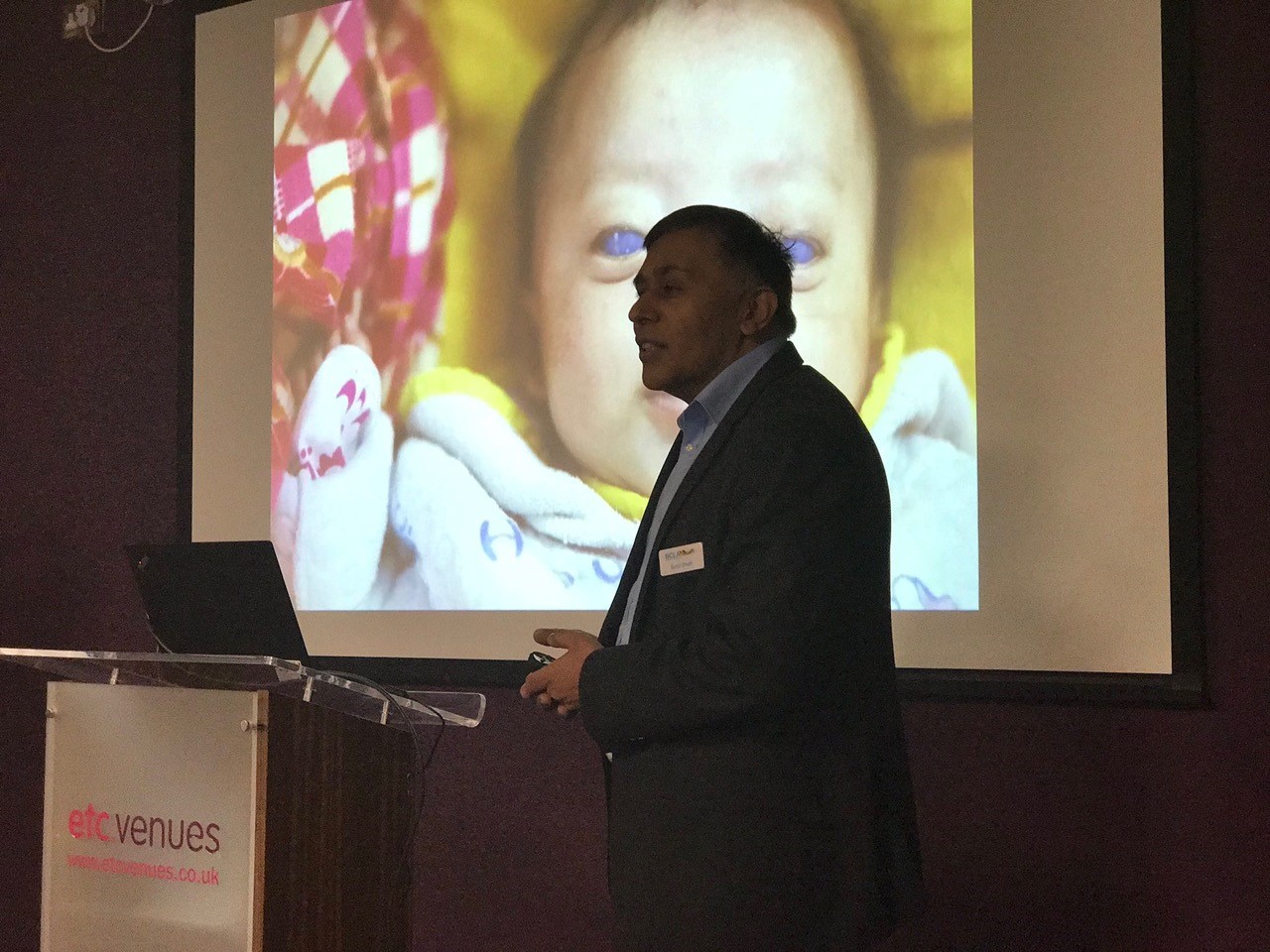 Blog: ‘I don’t lose sleep very often, but I do when it comes to extreme corneal problems in children’
Blog: ‘I don’t lose sleep very often, but I do when it comes to extreme corneal problems in children’
Treating young children for severe corneal problems is the most challenging part of the job for a leading eye specialist, but ultimately proves the most rewarding.
Speaking at a meeting of the British Contact Lens Association, consultant eye surgeon
Prof Sunil Shah outlined the difficulties faced in treating newborn babies and children suffering from conditions such as cataracts, glaucoma and keratoconus.
He said: “It can be tough at times. I don’t lose sleep very often, but I do when it comes to extreme corneal problems in children.”
The specialist, who is based at the Birmingham and Midland Eye Centre and is a visiting professor at Aston University, delivered a keynote lecture at the BCLA’s latest Evening Meeting, held in Marble Arch.
The lecture, entitled ‘Kids - they can't be that difficult can they?’, offered an overview of corneal problems in children and the challenges faced in dealing with them.
Prof Shah said: “The problems range from all the corneal problems that adults face but in addition the congenital problems that are increasingly diagnosed at an early stage.
“While some of the conditions are rare, some are much more common and with increasing success rates, these children will be seen by their own optometrists for on-going management.”
The meeting heard harrowing examples of children who had undergone extensive treatment to correct major problems with their vision, including one girl who required surgery every six weeks for the first five years of her life.
Prof Shah also highlighted the case of a baby born with a hole in each eye who required a bi-lateral corneal transplant. During surgery, her heart stopped four times.
Conditions and procedures such as blepharoconjunctivitis, congenital cataracts, Peters Plus and keratoplasty were all put under the microscope to give delegates a greater understanding of the types of case seen in UK hospitals.
The importance of cross-linking and immediate referral in keratoconus patients was highlighted as a particularly vital part of preventing further progression while Prof Shah also revealed that young glaucoma patients were at a higher risk of graft fracture, with one year survival rates at just 30 per cent.
More than 30 eye care professionals attended the meeting, with several others able to tune in via Facebook Live – the first time the BCLA has used the technology to live stream content to members.
For more details on future BCLA events
click here